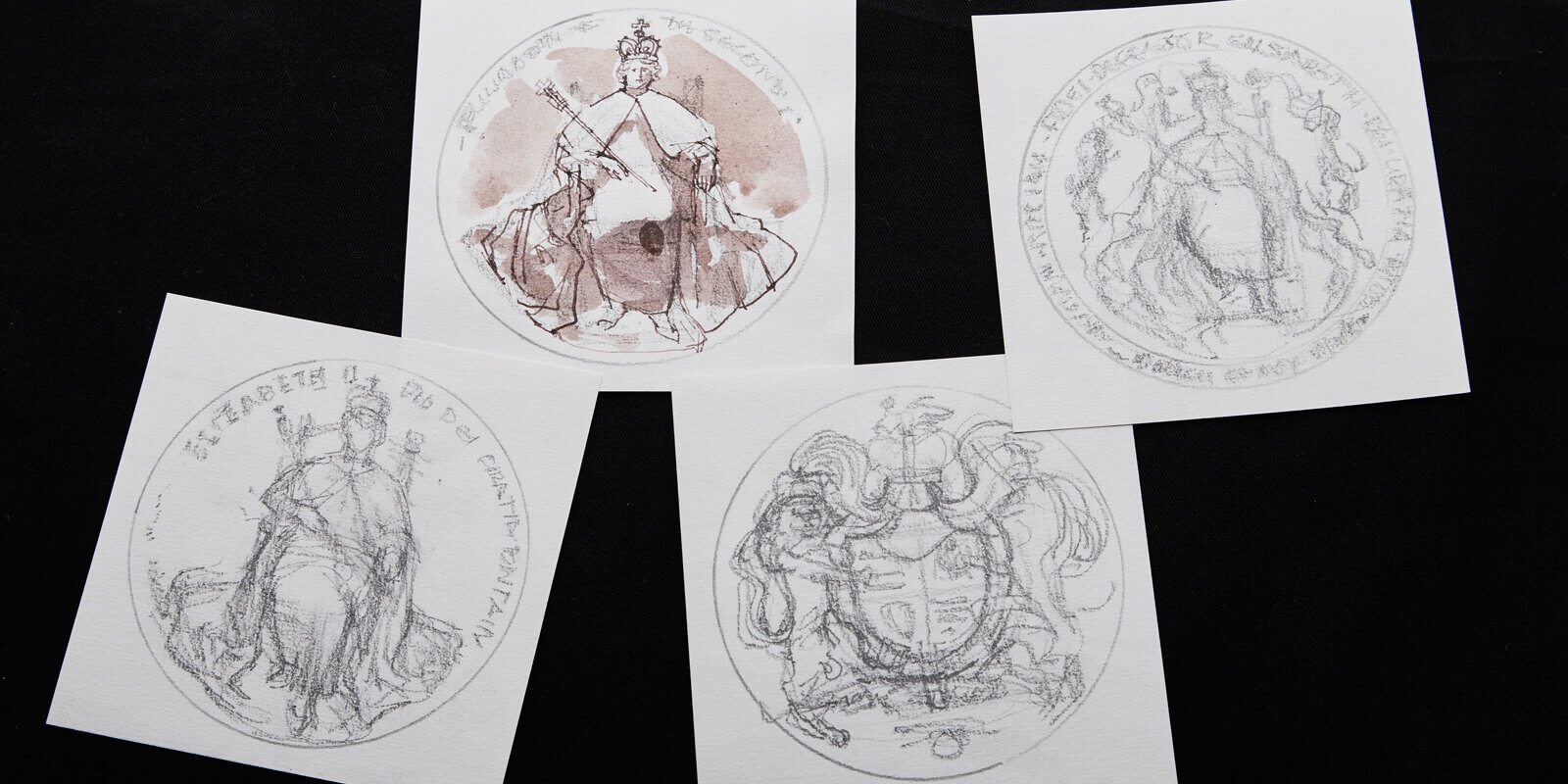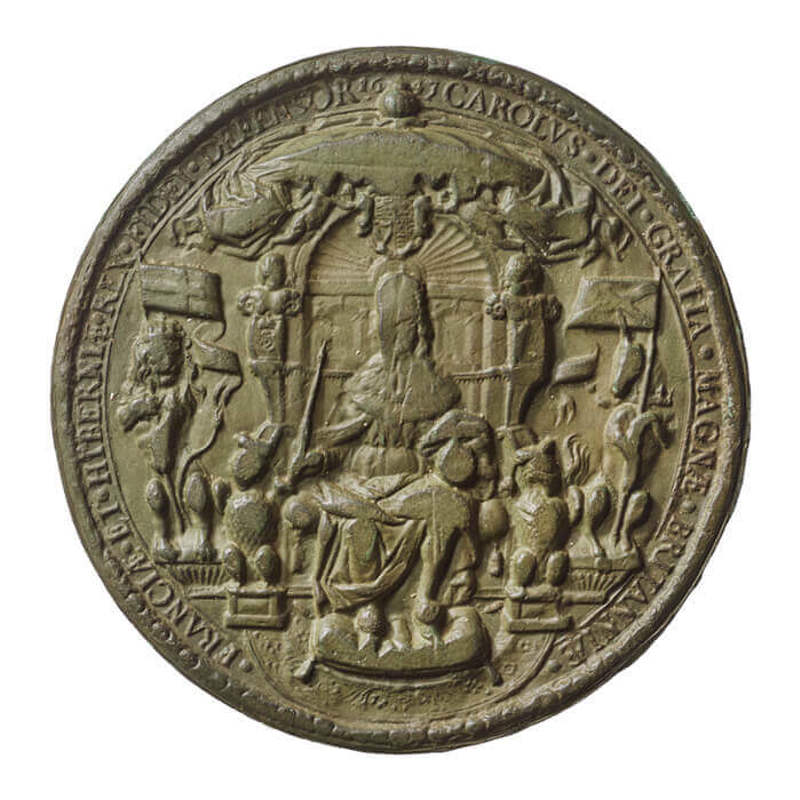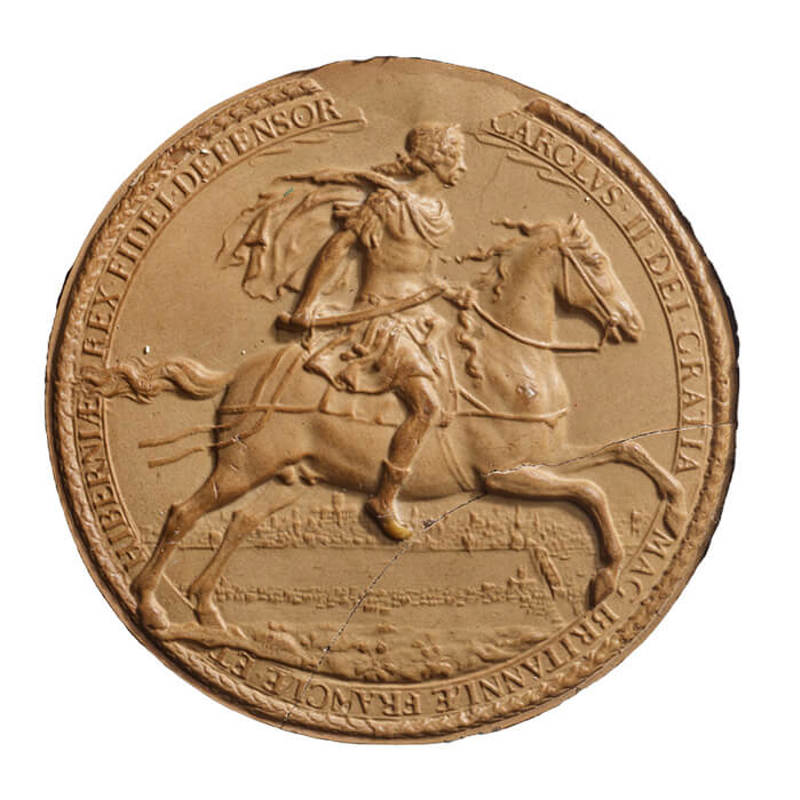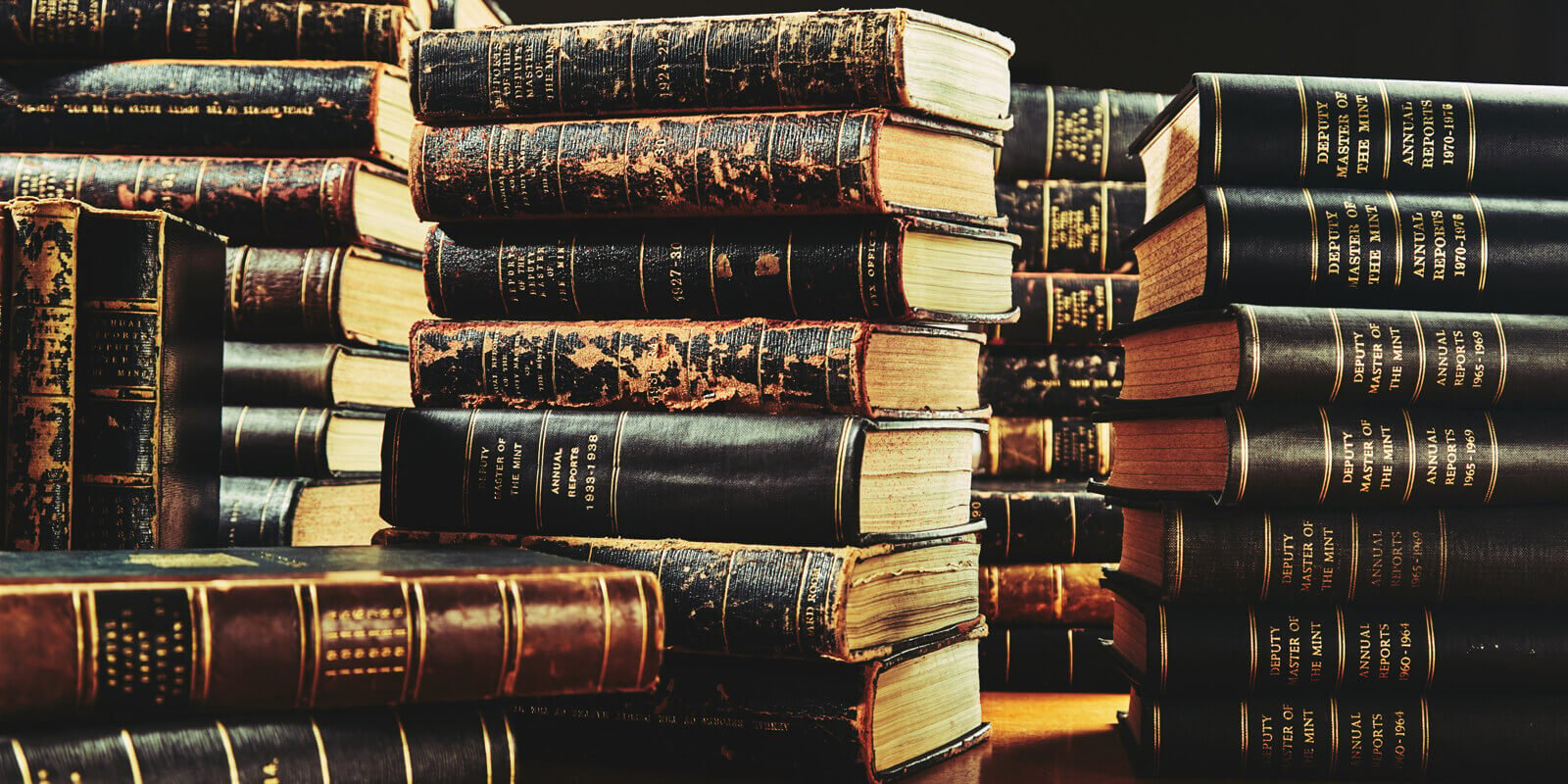Royal seal of approval
Throughout history seals have been used to secure documents to prove the authenticity of the contents. They are still used today, the most important of which is the Great Seal of the Realm. Belonging to the monarch and attached to important State papers, including Royal Proclamations and documents electing Members of Parliament, it symbolises the monarch’s approval, reflecting their wishes or commands.
As the official maker of His Majesty’s seals The Royal Mint is responsible for producing the tooling for the new Great Seal of the Realm at the start of each reign. As the ultimate symbol of royal authority, it typically depicts the monarch enthroned and crowned.
Making of the Great Seal
In 2000, James Butler MBE RA was commissioned to design a new Great Seal of the Realm. One of the foremost sculptors of his generation, who would go on to design the 2004-dated 50p celebrating the fiftieth anniversary of the four minute mile, Butler visited the Museum prior to seek inspiration for his design. Read more about his process and story, in his own words:
Historic seals
Historically, the Great Seal of the Realm has represented the authority of the monarch. At no time was this more important than in the monarchical and constitutional crisis of the English Civil War. The two seals below are of Charles I, whose execution in 1649 marked the start of the Commonwealth of England, and Charles II, who acceded to the throne in 1660 following the Restoration of the Monarchy. Together, they tell a vital story about the ebb and flow of monarchical power in a turbulent century. Click below to find out more.
Online Library
The creation of a new Great Seal of the Realm has, historically, been documented in the Annual Reports of the Royal Mint, which are available in our online library. Read more about the creation of seals for Edward VII, George V, George VI, and Elizabeth II by searching our digitised collection.




